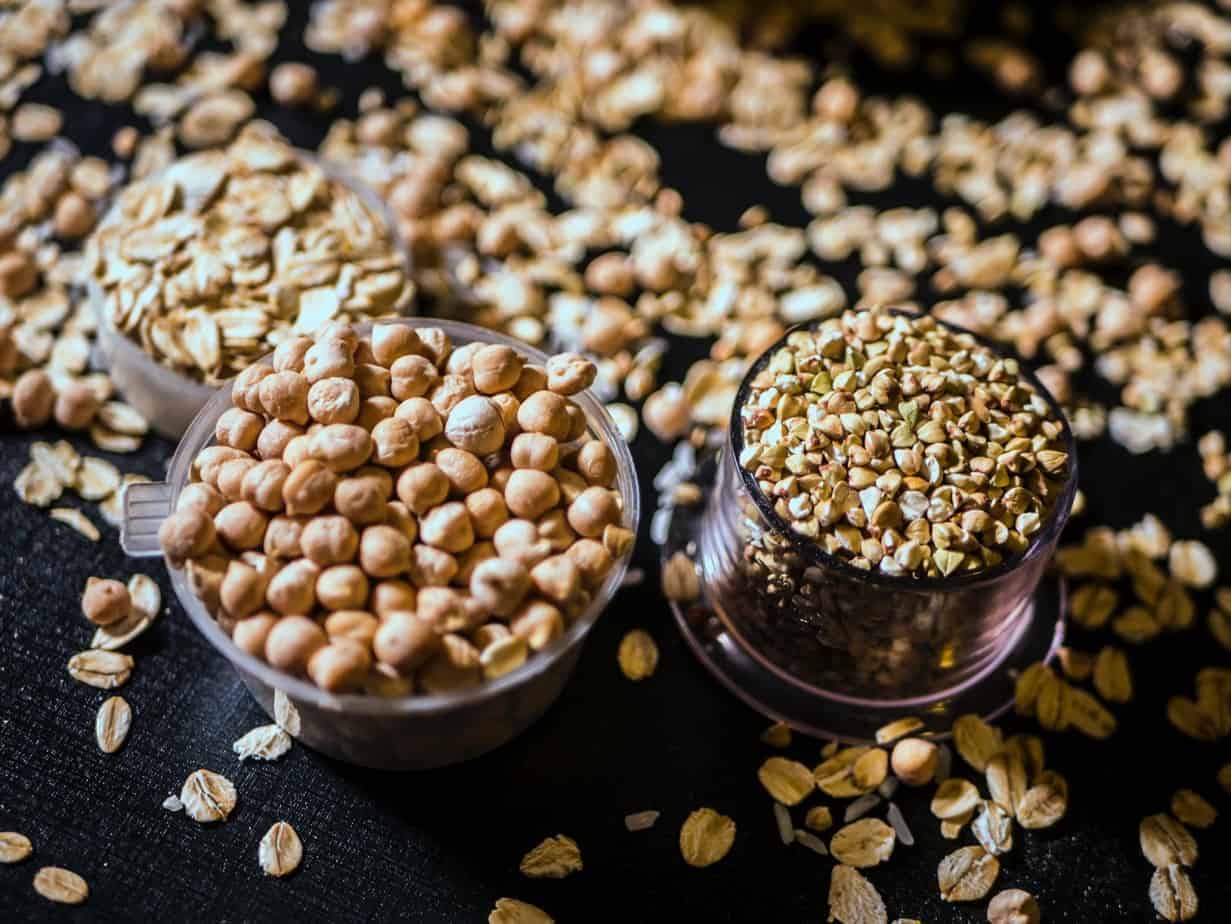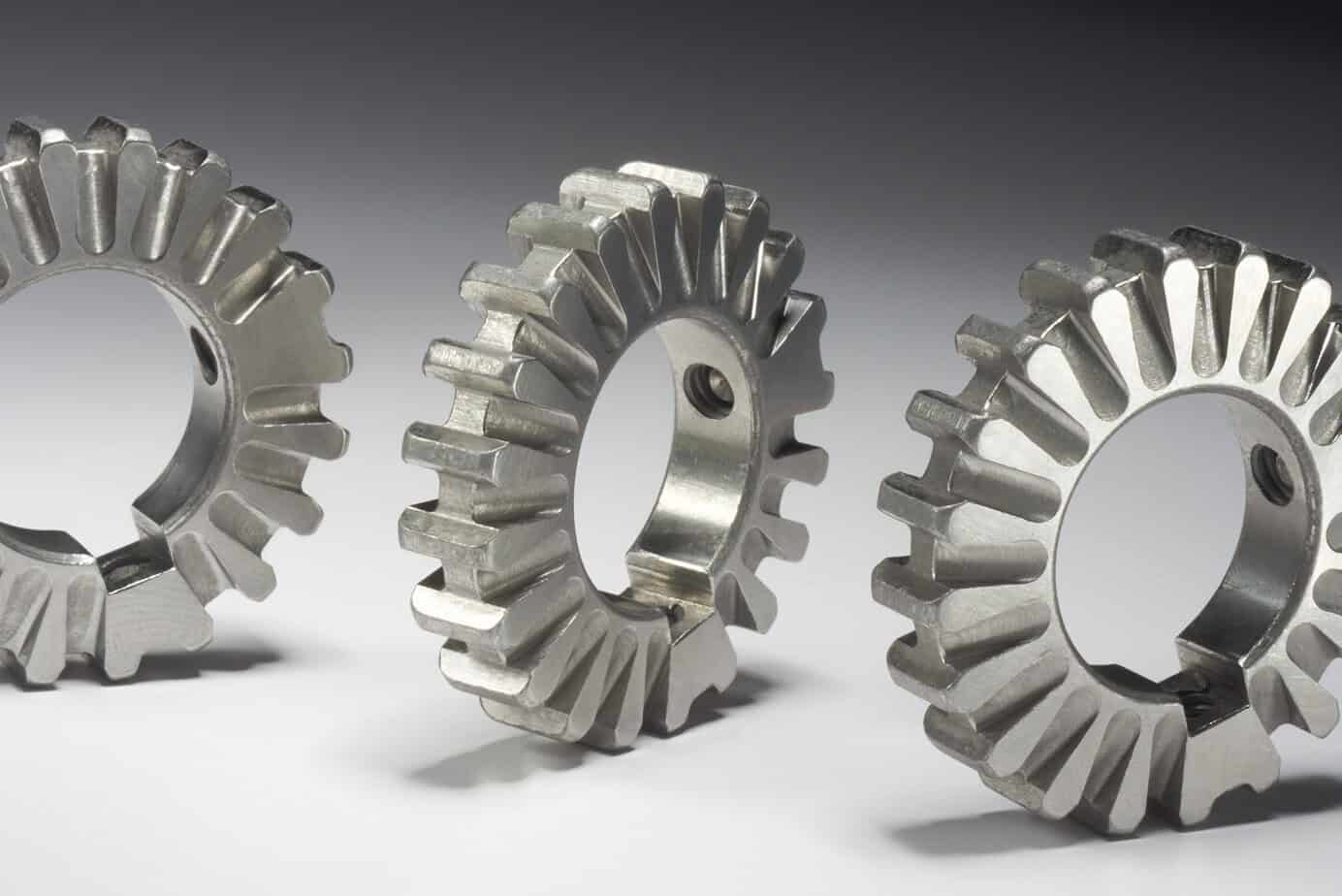
Since CFDs are a versatile instrument, they can be used in any market. It’s a great opportunity for traders to expand their portfolios and get a new experience. However, it’s not the only advantage of using CFD. Let’s see what are the CFD commodities and why more and more traders use these deals.
Commodity CFDs
From tea to gold, seeds to soybeans, there is a wide range of raw materials that investors can profit from by using the CFD trading commodities. Let’s imagine that tea prices are up by 5%, and you buy a lot of raw tea leaves but have to pay for rent and other costs, including transportation, processing, etc.
Instead of spending so much, you can simply buy tea commodity CFDs. This way, you spend less and profit more, without even participating in the process. CFDs allow you to earn on the difference in the price of a commodity by entering into an agreement for a particular asset.
Why CFDs Are Perfect for Trading Commodities
Basically, all CFDs are used by investors to profit from the price movement. Most brokers offer CFDs on commodities in all major markets in the world.
To start working with the commodity CFD, first of all, you have to know how CFD works. Contracts for Difference are a perfect solution for every trader’s needs because:
- You can trade on any market (rising or falling);
Buy an asset if you think that the market will rise and sell if it falls.
- Use your investments effectively with high leverage;
One of the best things about CFDs is that you have a backing that is called leverage. You can go for an asset with a small deposit without paying the whole price.
- Enduring trading hours;
A huge number of CFD deals can be made outside typical market trading sessions.
- Hedging opportunities
If you see that your shares or commodities can lose value soon, you can simply use CFDs to cover the difference with sales.
And that’s why using CFD for trading commodities is the best:
- You do not need to deal with bureaucracy, because you do not acquire the asset itself;
- Transaction speed and efficiency;
- You do not need to invest a large deposit to work with large batches.
Commodity Trading Tips
If we are talking about CFDs for raw materials, you need to know that assets in this category are divided into two main groups:
- Solid raw materials (metals and energy sources);
- Textile products (agricultural products, flax, cotton, etc.).
Prices and your benefits depend on the following factors according to the type of asset:
- Weather and harvest forecasts;
- Production increase / decrease data;
- Introduction of innovative technologies, machines, and equipment;
- Growing demand for a particular asset in large countries;
- Changes in exchange rates.
Keep in mind that there are products with prices influenced by the national currencies of different countries. For example, Canada is the largest exporter of oil, so the Canadian dollar is directly tied to the price of a barrel of oil. Knowing these facts helps you and greatly improves the accuracy of predictions.
Benefits of Commodity Trading
Working with commodities creates the following perspectives:
- Investment of funds in highly liquid assets, the value of which increases during inflation;
- Obtaining high profits on CFD contracts with large margins, accompanied by no less high risks;
- The ability to use both short and long positions successfully;
- Convenient trading right from home with intuitive exchange tools.
Efficiency of Using CFD Commodities
Using CFD commodities is easy and quite profitable. The more diversified your investment portfolio, the lower the risks of serious losses. Buying fundamentally different values increases the overall diversification of your investments. However, you have to gain some skills and boost your wit to get the most of the possible income.




